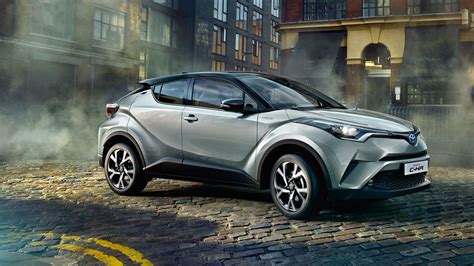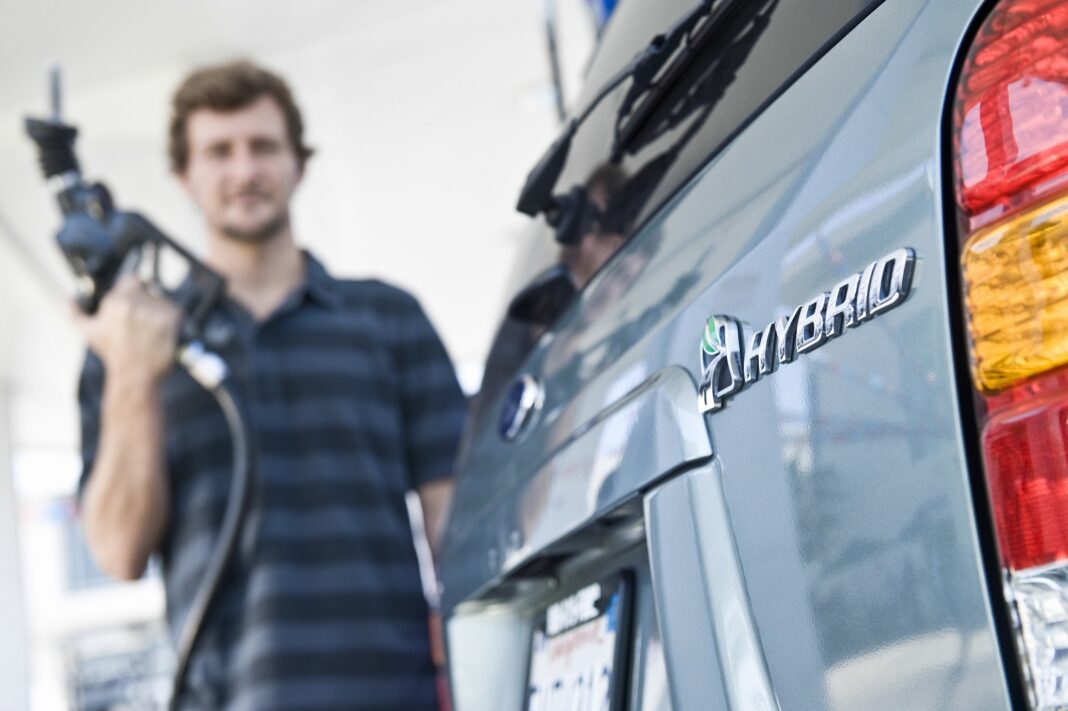Hybrid vehicles are becoming more and more popular due to their fuel economy and their environmental advantages. But people frequently don’t understand how they work, especially when it comes to battery and fuel usage. Previously confined to a select few models and linked with environmentalists, hybrid cars are now widely available, with the majority of automakers providing at least one hybrid choice.
A hybrid car is propelled by two different types of power; an electric motor and an internal combustion (petrol) engine. This configuration means that hybrid cars can take advantage of both energy sources for excellent fuel efficiency with maximum performance.
When the engine is started, the magic begins. Power is drawn from the battery pack by the electric motor when it is idling or driving at low speeds. In addition to lowering emissions, this also conserves fuel. When you accelerate, the gasoline engine smoothly takes over and gives you the boost you need to drive on a highway. The hybrid technology ingeniously transforms kinetic energy into electrical energy when you stop or coast, which recharges the battery to power the electric motor later. This is what’s amazing. Take a look at the types of hybrid cars below.
Plug-in hybrids
Plug-in hybrids are regular hybrids with enlarged batteries that provide full-speed operation on electricity for 20 to 50 miles. They are easier to plug in at home and can be used as part-time EVs with gasoline capability for long trips. However, they have higher purchase costs due to the larger battery, increased risk of battery intrusion on cargo space, and a smaller gas tank. Despite these drawbacks, they remain efficient when running on gasoline, providing a more affordable alternative to traditional hybrids.
Series Hybrids
Although less prevalent, this style is becoming more and more popular. Additionally, these feature a primary drive engine that scavenges energy when slowing down and uses recharged battery energy to push the vehicle at low speeds. The engine goes on to power a second specialized generator that converts gasoline power into electricity to keep the battery charged once speeds increase and that energy runs low.
This implies that power delivery is always seamless and smooth because their wheels are electrically driven at all speeds. The drawback is that turning gasoline into electricity adds a step and lowers efficiency, however, this is less of an issue with more recent methods. The newest models of the Civic, CR-V, and Accord hybrids are powered by Honda, the most recent champion of this type.

Mild Hybrids
A “mild” hybrid system is a new hybrid technological advancement that relieves the strain of power-hungry systems like air conditioning by giving the gasoline engine a little push as it accelerates from a standstill. Commonly seen in 48-volt electric systems, these systems recharge batteries using a combination of energy recovered when the car stops and power from the gasoline engine without the need for a plug. General Motors’ eAssist, Fiat/Chrysler’s eTorque, and Mercedes’ EQ Boost are typical instances.
Parallel Hybrids
The most popular kind is parallel hybrids, which are configured to operate the vehicle using either an electric motor or a gasoline engine. Additionally, they can use both simultaneously. At lower speeds, the electric motor is preferred because its strong beginning torque and efficiency allow it to maximize the battery’s limited energy. The gasoline engine is in its sweet zone after a delayed start, finally taking over as the speed increases and settles into cruising.
A configuration of two electric motors that function as a continuously variable gearbox for the engine is used in some designs, while others use a single motor positioned between the engine and a traditional transmission. Early hybrids from Honda and more recent models from Hyundai and Kia, like the Elantra, are examples of the former. The latter refers to hybrid vehicles like the Maverick from Ford, Lexus, and Toyota.
Benefits of Hybrid Technology
Hybrid systems are an environmentally favorable option because they seamlessly transition between gasoline and electric power, improving fuel efficiency and lowering pollutants. Thanks to their dual power source, performance can be maximized under a variety of driving circumstances.
For instance, the gasoline engine can take control when traveling on a highway, which is more efficient, while the electric motor can supply extra power during acceleration. This combination not only increases overall fuel efficiency but also lessens engine wear and tear, which lowers maintenance expenses and extends the life of the vehicle.

What Happens When Your Hybrid Car Runs Out of Gas?
It’s not as simple as it may seem to run out of gas in a hybrid car. The majority of non-plug-in hybrids will shut down if their gas runs out, even though hybrids have two power sources. The reason for this is that the hybrid battery isn’t made to run the vehicle for long periods on its own, and doing so might harm it.
The future of hybrid vehicles
As the world develops, manufacturers are producing new hybrid models with longer battery lifespans, more electric range, and better regenerative braking, making them even more accessible. Additionally, hybrid technology is becoming more widespread; trucks, vehicles, and even boats have started implementing hybrid systems, which lowers fuel usage in a variety of industries. We may see hybrids with even longer lifespans and better performance as solid-state battery technology advances.




